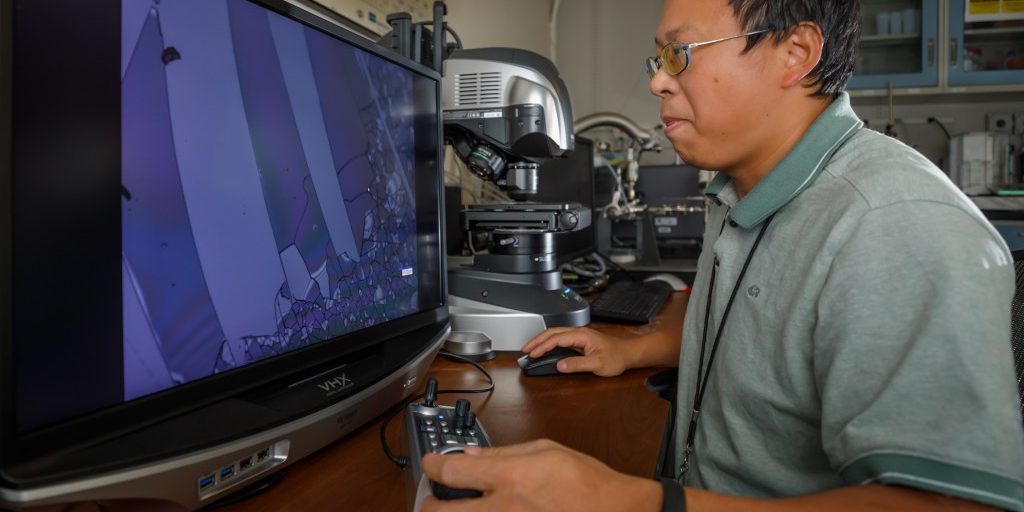ALBUQUERQUE, N.M. — Word of an extraordinarily inexpensive material lightweight enough to protect satellites against debris in the cold of outer space, cohesive enough to strengthen the walls of pressurized vessels experiencing average conditions on Earth, and yet heat-resistant enough at 1,500 degrees Celsius or 2,732 degrees Fahrenheit to shield instruments against flying debris raises the question: what single material could do all this?
The answer, found at Sandia National Laboratories, is sweet as sugar.


